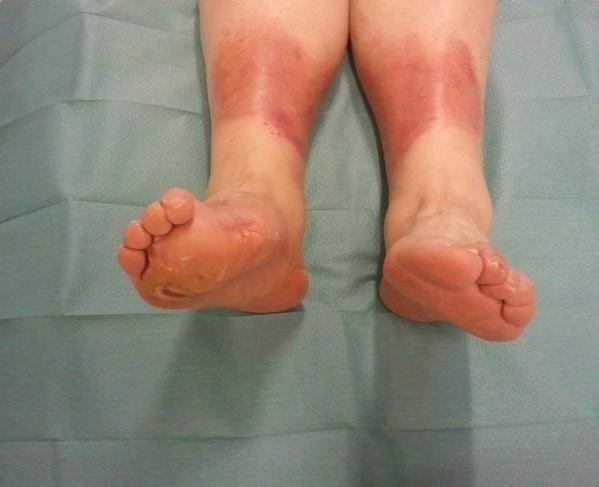Main signs of diabetes
Diabetes mellitus (DM) belongs to the groupmetabolic diseases associated with the increase in blood sugar levels. It can appear either because the pancreas stops producing enough insulin, or because the body cells stop responding to insulin.
There are three main types of diabetes:
- Type 1 diabetes appears as a result ofinadequate insulin production. A person with such a diagnosis is vital to inject it daily. This form was formerly called "insulin-dependent diabetes mellitus."
- Type 2 diabetes - the result of resistance toinsulin. This is a condition where cells can not use insulin as directed. Sometimes SD of this type is combined with absolute insulin deficiency. This form was previously called an insulin-independent diabetes mellitus.
- The third form - gestational diabetes appears in pregnant women and is expressed by a sharp increase in blood sugar levels.
Many of the signs of type 1 and type 2 diabetes are similar. In both cases, there is too much sugar in the blood, and the cells in the body do not receive the required amount of glucose, and the human body signals this.
The first signs of diabetes
1. Frequent trips to the toilet. Urination is more frequent when there is an excess of sugar in the blood. If there is no insulin or it is too little, the kidneys are not able to filter the sugar back into the blood. They try to draw additional water from the blood to dilute the glucose. Therefore, urination becomes more frequent.
2. Unquenchable thirst. If a person drinks much more than usual, this can also be one of the first signs of diabetes, especially if thirst coincides with frequent urination.
3. Causeless weight loss. In cases of type 1 diabetes, this symptom is more noticeable. The pancreas stops the production of insulin. The body desperately searches for the source of energy, because the cells do not receive glucose. Then it starts to recycle muscle tissue and fat into energy.
4. Weakness and fatigue. The cells of the body suffer from a lack of energy - and the person feels tired.
5. Tingling, possibly numbness in legs, hands, feet. Such signs of diabetes are called neuropathy. They appear gradually, over time. Their appearance is due to the fact that the constantly elevated blood glucose level destroys the human nervous system, especially in the limbs.
6. Dark spots on the skin, usually under the arms.
7. Blurred vision. Diabetes causes changes in the lens of the eye, which can lead to poor eyesight or even pain in the eyes due to infection or glaucoma.
Other symptoms and signs of diabetes that may occur are: dry skin or itching, poor healing of cuts, bruises, frequent infections.
All types of diabetes mellitus, to date, are amenable to treatment, thanks to the fact that insulin has become available since 1921, and type 2 diabetes mellitus is easily controlled with medications.
DM of the 1 st and 2 nd type - chronic incurable diseases.
Symptoms of diabetes mellitus in women(gestational) are similar to type 2 diabetes. This disease occurs with a frequency of 2-5 pregnancies of one hundred and disappears immediately after the birth of the child. Gestational diabetes is completely curable, but requires careful monitoring by physicians throughout the pregnancy.
Gestational diabetes, if not controlled,can harm the health of the mother or fetus. Risks for the child: macrosomia (high birth weight), congenital heart defects and abnormalities of the CNR, malformations. In especially severe cases, perinatal death is possible.
If you notice any of the abovesigns, visit the doctor. He will tell you about the symptoms of diabetes that you may have observed, review your medical history, conduct an examination, and send blood tests for sugar. Only after this the doctor will be able to determine the exact diagnosis.
With the right selection of diet, regular exercise, taking medication (if necessary), a person can manage the disease and live a full, active life.






